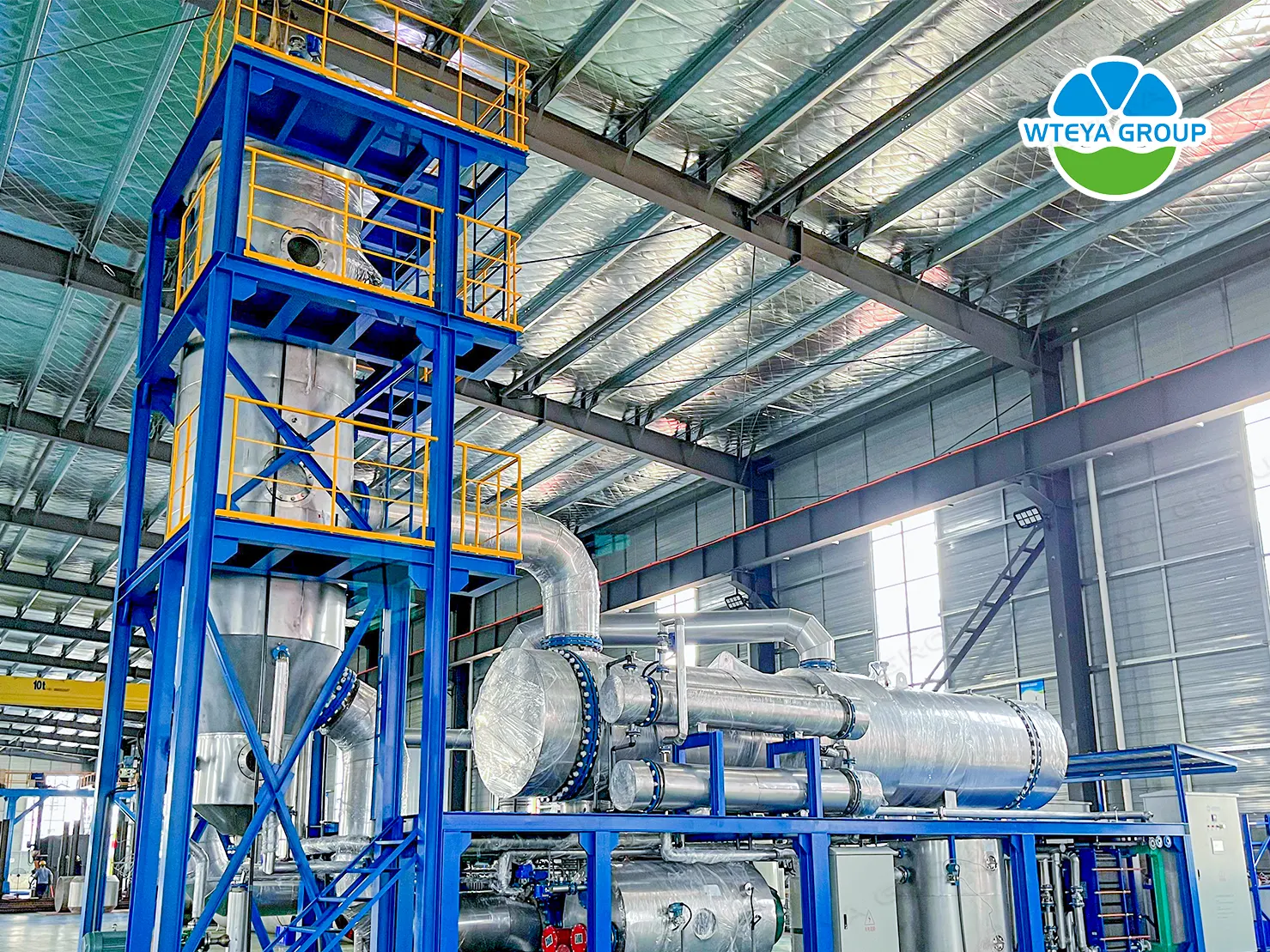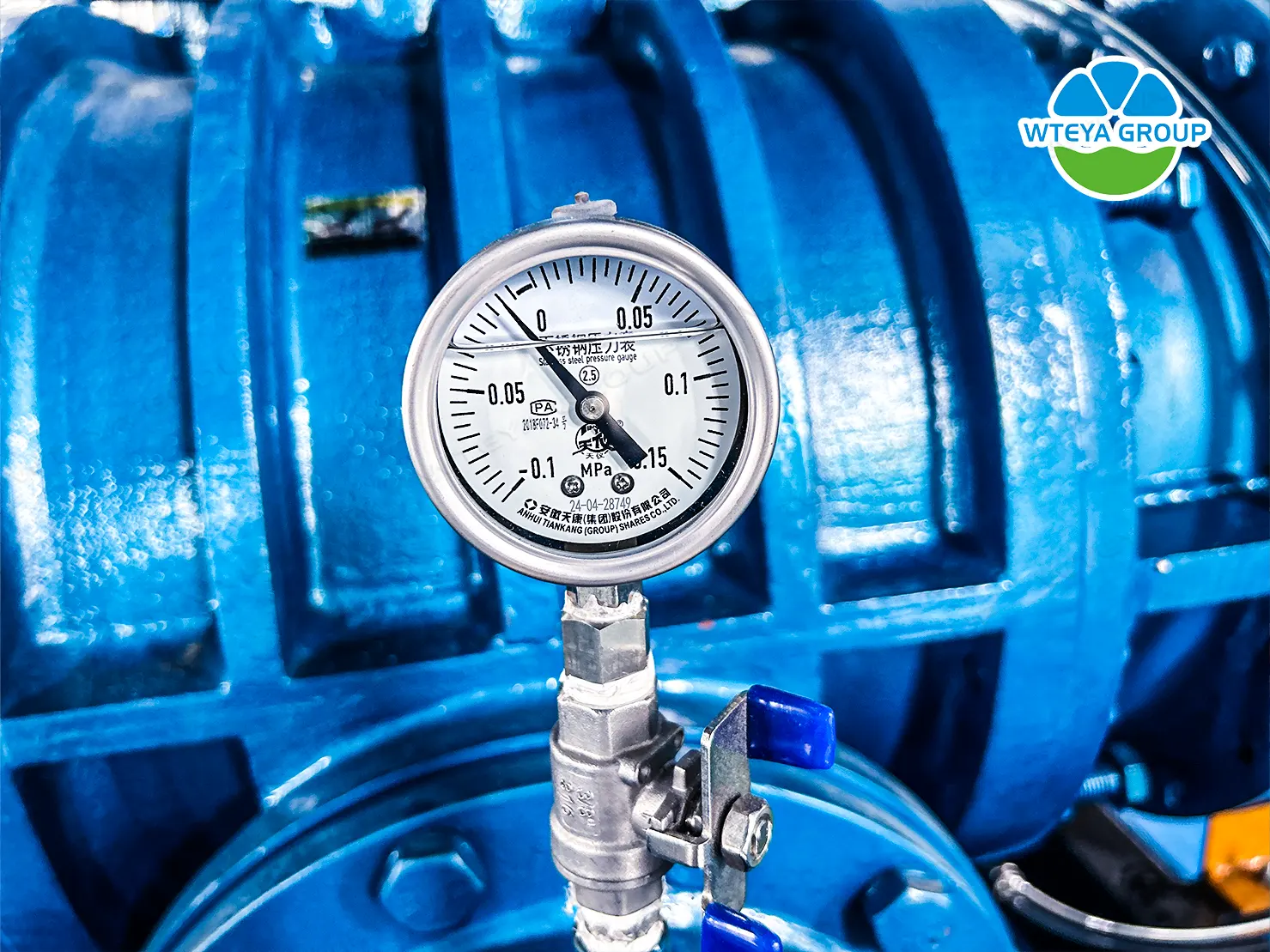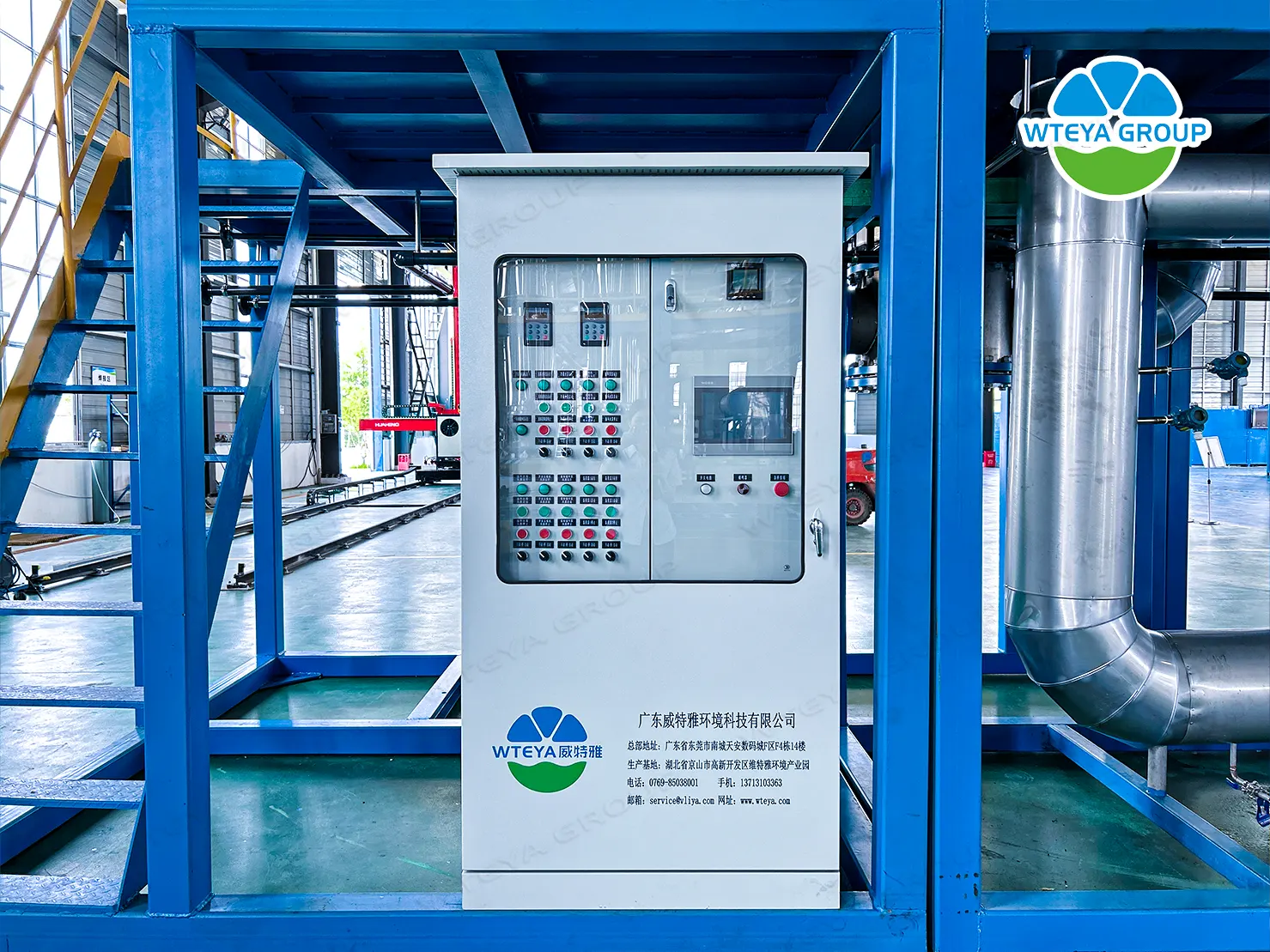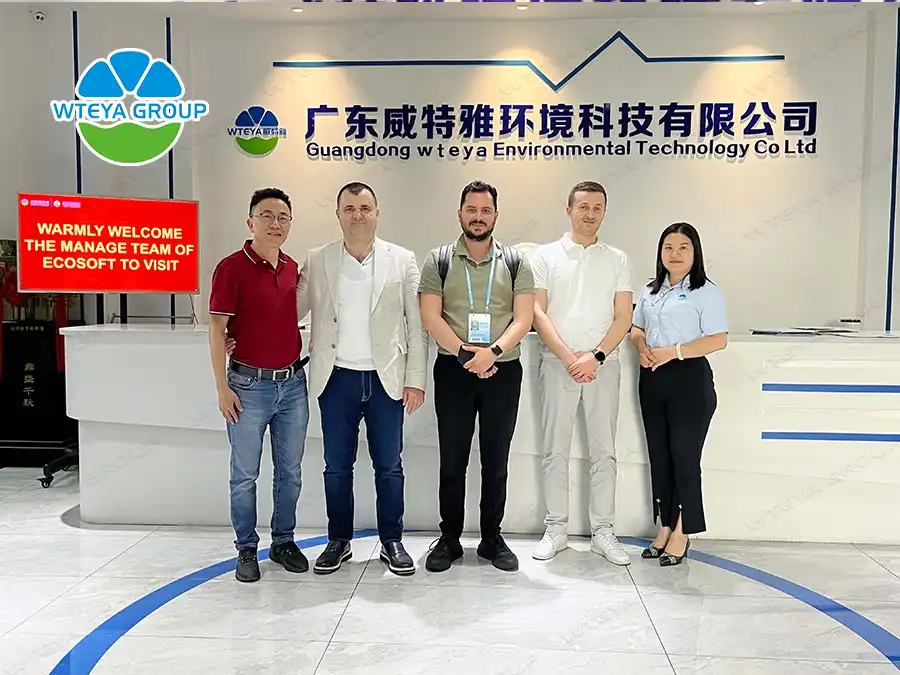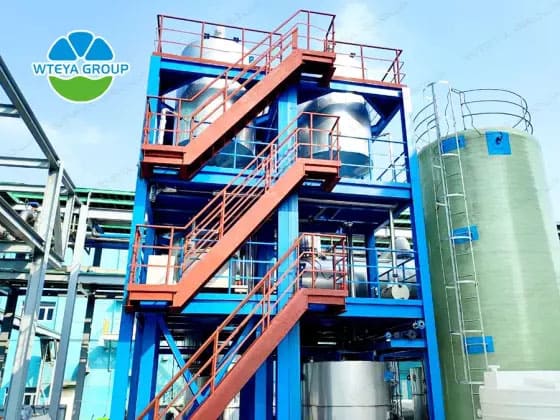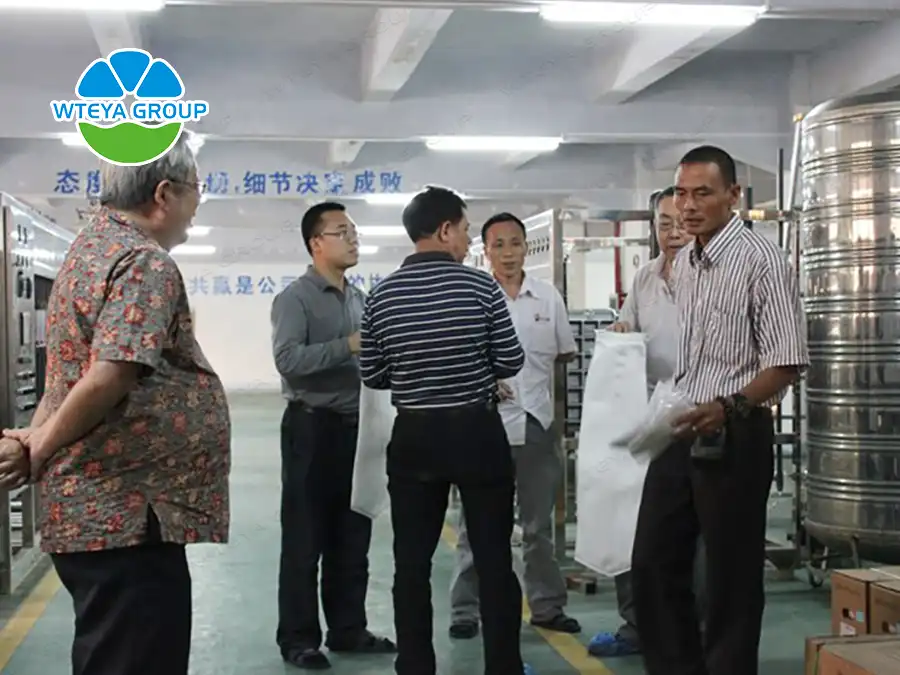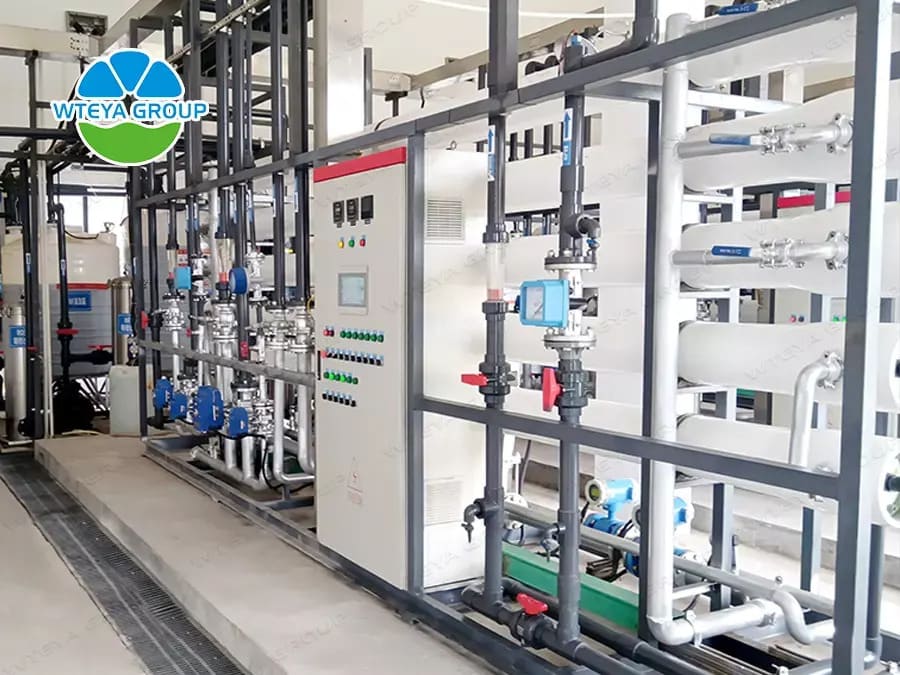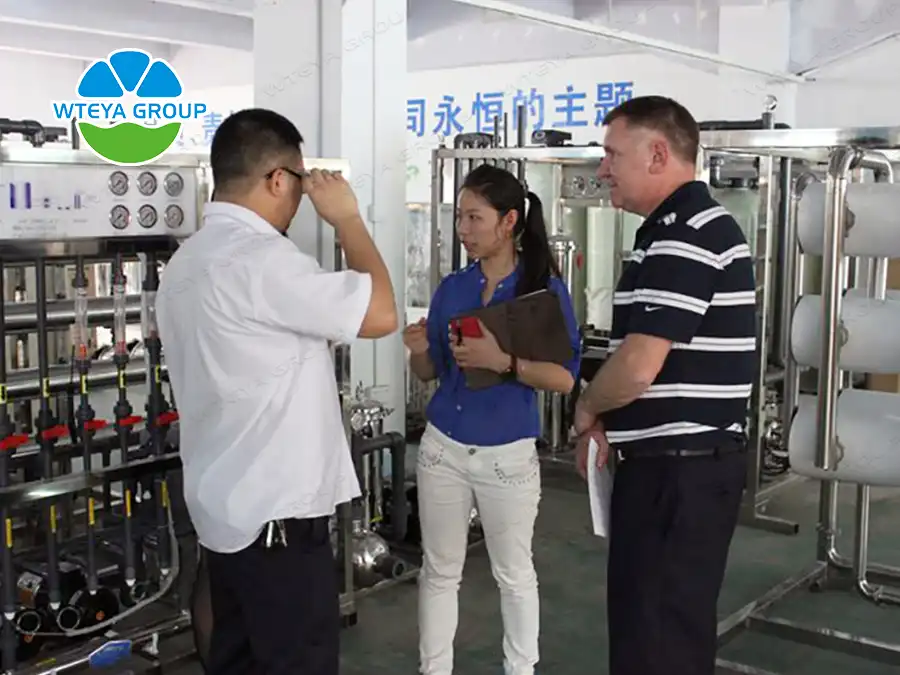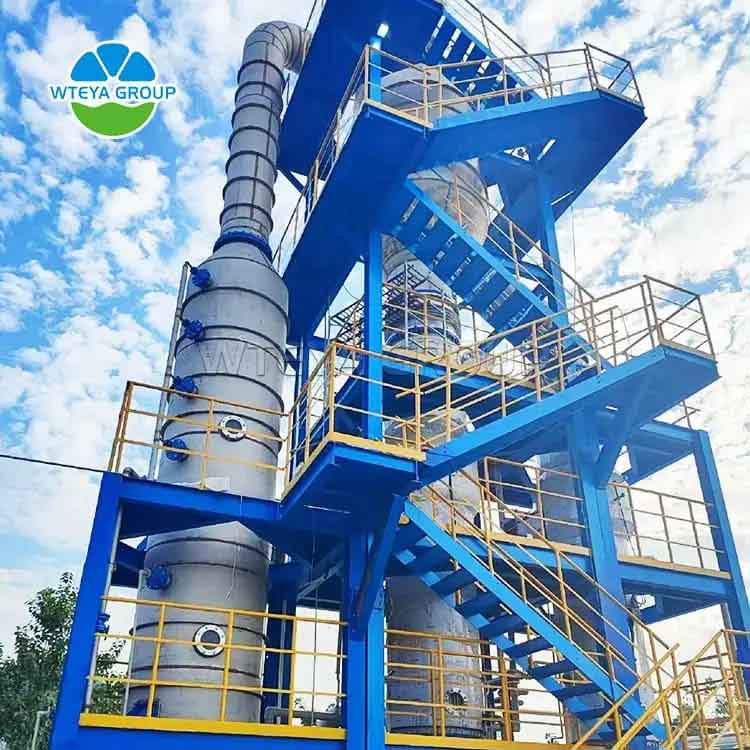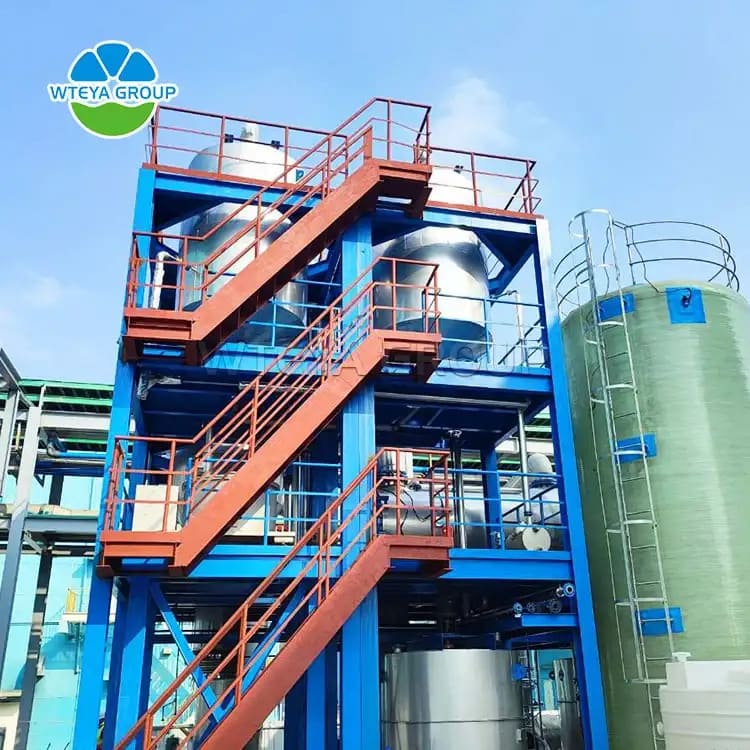MVR evaporator evaporation capacity is low? Find out the reasons and improve efficiency!
MVR (Mechanical Vapor Resistant) evaporator is a highly efficient and energy-saving evaporation technology, which is widely used in the fields of industrial concentration and salt solution evaporation. By compressing the secondary steam generated during the evaporation process, increasing its pressure and temperature, it becomes heating steam and flows back into the evaporation system again, providing heat energy for the evaporation process, thereby reducing the demand for external steam and significantly reducing energy consumption. and operating costs. However, in the actual use of MVR evaporators, it often happens that the evaporation volume is lower than expected. WTEYA will analyze the reasons for the low evaporation capacity of the MVR evaporator and provide effective solutions to improve efficiency.
Basic concept of MVR evaporator evaporation capacity
Before understanding the reasons for the low evaporation of the MVR evaporator, we first need to clarify two concepts:
1. Evaporation capacity of the evaporator: usually refers to the amount of water evaporated per unit time, and its size is determined by the heat transfer rate of the evaporator.
2. Evaporation intensity: refers to the amount of water that can evaporate per unit heat transfer area per unit time, and is an important indicator for evaluating the performance of the evaporator. In other words, the greater the evaporation intensity, the more liquid can evaporate per unit area, thereby increasing the evaporation capacity of the system.
The core of the MVR evaporator lies in the heat exchange process. The heat transfer rate is equal to the product of the heat exchange area, temperature difference and heat transfer coefficient. For the MVR evaporator that has been put into use, if the evaporation volume decreases, it usually means that the evaporation intensity decreases, and the key factors need to be found and solved.
Cause Analysis and Solutions
1. Insufficient heat exchange area
Heat exchange area is the basic factor that determines the evaporation capacity of MVR evaporator. If the heat exchange area of the evaporator is not designed properly, or if problems such as scaling and corrosion of the heat exchanger occur during operation, the evaporation capacity will be reduced. Especially during the operation of the MVR evaporator, a liquid level that is too high or too low will affect the heat exchange effect: when the liquid level is too high, the solution cannot boil; when the liquid level is too low, crystallization is likely to occur and the heat exchange tubes will be blocked.
Solution: Regularly check the status of the MVR evaporator heat exchanger to avoid scaling, corrosion and other problems, and ensure that the liquid level is within the appropriate range. If necessary, the evaporation system can be cleaned to restore the heat exchange area.
2. Improve the overall heat transfer coefficient (K)
The overall heat transfer coefficient K of the MVR evaporator is mainly affected by the convective heat transfer coefficients on the steam condensation side and the solution boiling side as well as the fouling thermal resistance. For MVR evaporator, the heat transfer resistance on the solution boiling side is relatively large. Therefore, improving the convective heat transfer coefficient on the solution side is the key to improving evaporation efficiency.
Solution: Optimize the design of the MVR evaporator, increase the flow rate of the forced circulation pump, increase the circulation speed of the solution, and enhance the convection effect of heat exchange. If the evaporation rate decreases, check the working condition of the forced circulation pump to ensure that there is no fault in the pump body.
In addition, the non-condensable gas in the MVR evaporator will also significantly affect the heat exchange efficiency. When non-condensable gases are present in the steam, the overall heat transfer coefficient is significantly reduced. Therefore, a reasonable design of the non-condensable gas exhaust system and regular inspection of the non-condensable gas exhaust will help increase the evaporation rate.
3. Heat exchanger crystallization and scaling
In MVR evaporators, scaling and crystallization are common phenomena, especially when processing materials that are prone to crystallization or scaling. These deposits will significantly increase the thermal resistance, resulting in reduced heat exchange efficiency of the evaporator, which in turn affects the evaporation capacity.
Solution: Choose a heat exchanger type that is less prone to scaling and clean the heat exchanger regularly. In severe cases of scaling, the accumulation of scale can be reduced by increasing the forced circulation pump flow rate and using cleaning agents. If scaling is too severe, high-pressure water or mechanical cleaning can be used.
4. Increase heat exchange temperature difference
The efficiency of the MVR evaporator is also closely related to the heat exchange temperature difference. By increasing the pressure and temperature of the heating steam, the heat exchange temperature difference can be increased, thereby improving the evaporation intensity and efficiency.
Solution: Ensure that the steam temperature rise reaches the optimal working condition by increasing the operating frequency of the compressor. In addition, ensure that the secondary steam pressure in the condenser is low to increase the heat exchange temperature difference of the system. If the cooling water is insufficient or the temperature is too high, the condensation effect of the steam will be reduced, which will in turn affect the heat exchange effect and evaporation capacity.
5. Discharge the enriched mother liquor in a timely manner
When the MVR evaporator is treating saline wastewater, as the evaporation process proceeds, the salt and high-boiling-point substances in the mother liquor will gradually accumulate, causing the boiling point of the solution to increase, thereby reducing the effective heat exchange temperature difference and reducing the evaporation amount.
Solution: Regularly check the composition of the mother liquor of the MVR evaporator, discharge some of the accumulated mother liquor, or maintain the appropriate concentration and boiling point of the solution by adding new stock liquid.
6. Reduce mechanical failure and corrosion
Mechanical failure, corrosion, leakage and other problems of the MVR evaporator can also lead to a reduction in evaporation capacity. Corrosion of equipment and pipelines not only affects the operating life of the equipment, but may also cause blockage and reduced efficiency.
Solution: Select corrosion-resistant and wear-resistant materials to ensure that the quality of MVR evaporator components meets the standards. At the same time, the equipment is inspected and maintained regularly, and aging parts are replaced in a timely manner to ensure the normal operation of the equipment.
As an energy-saving and efficient evaporation technology, the problem of low evaporation volume of MVR evaporator is often the result of multiple factors in actual application. The working efficiency of the MVR evaporator can be effectively improved by rationally designing and optimizing the heat exchange area, improving the total heat transfer coefficient, solving the scaling and crystallization problems, increasing the heat exchange temperature difference, timely discharging the enriched mother liquor and reducing mechanical failures.
MVR evaporator is an important choice for achieving zero wastewater discharge and energy saving and emission reduction. WTEYAMVR evaporator ensures efficient and stable operation of MVR evaporator by adopting reasonable design, optimizing heat exchange area, improving total heat transfer coefficient and other measures. Compared with traditional evaporation technology, MVR evaporator can effectively improve thermal efficiency and save a lot of steam and electricity consumption. In addition, the MVR evaporator has a higher concentration ratio when treating high-concentration wastewater. It is equipped with an intelligent control system and automatic fault reminder function, which greatly reduces manual intervention.
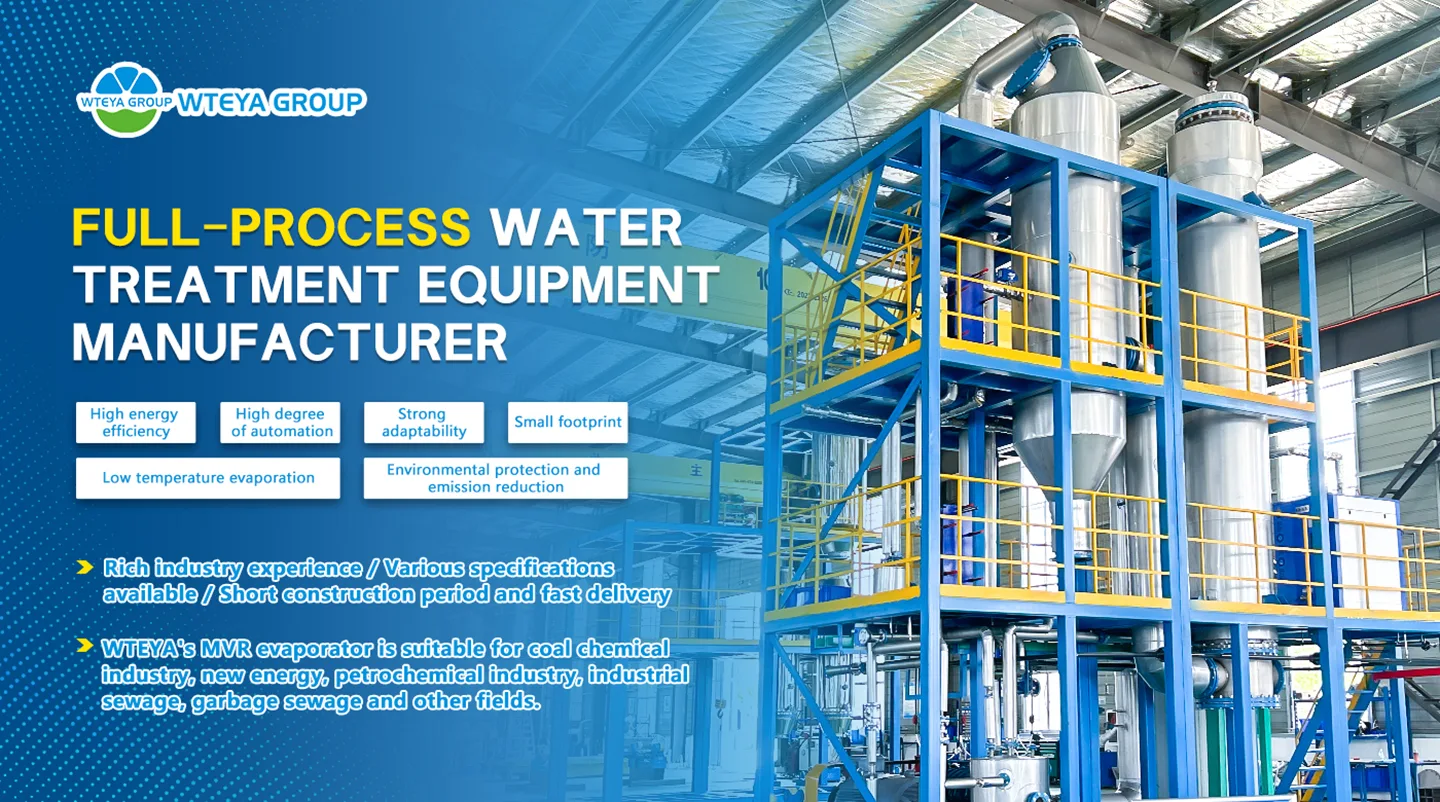
Where to Buy Evaporation and Crystallization Systems?
If your business is looking for an effective solution to manage wastewater, recover valuable materials, or achieve zero liquid discharge, by choosing WTEYA Group, you gain access to advanced water treatment solutions that help businesses achieve sustainability goals while optimizing operational efficiency. Whether you need to reduce wastewater volume, recover valuable by-products, or achieve zero liquid discharge, our evaporation and crystallization systems are designed to meet the needs of diverse industries. Contact us today at info@wteya.com or WhatsApp +86-1800 2840 855 to learn more about how our systems can benefit your operations.









